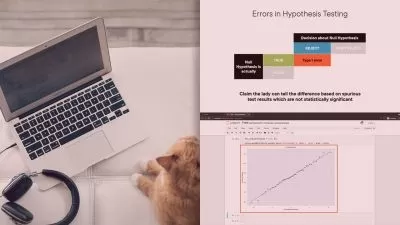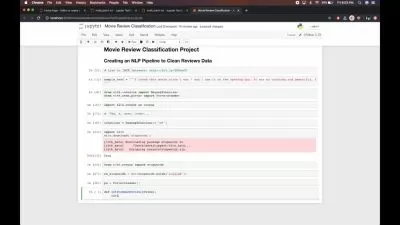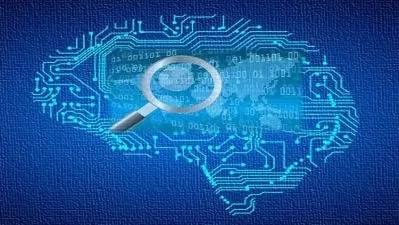End-to-end data science and machine learning project
Sara Malvar
1:06:52
Description
Wine quality prediction
What You'll Learn?
- End-to-end pipeline of a data science project
- How to conduct data cleaning and exploratory data analysis
- How to train and compare different ML models
- How to boost and increase the performance of your models
Who is this for?
More details
DescriptionWelcome to the course wine quality prediction! In this course you will learn how to work with data from end-to-end and create a machine learning model that predicts the quality of wines.
This data set contains records related to red and white variants of the Portuguese Vinho Verde wine. It contains information from 1599 red wine samples and 4898 white wine samples. Input variables in the data set consist of the type of wine (either red or white wine) and metrics from objective tests (e.g. acidity levels, PH values, ABV, etc.).
It is super important to notice that you will need python knowledge to be able to understand this course. You are going to develop everything using Google Colab, so there is no need to download Python or Anaconda. You also need basic knowledge of Machine Learning and data science, but don't worry we will cover the theory and the practical needs to understand how each of the models that we are going to use work.
In our case, we will work with a classification problem (a set from the supervised learning algorithms). That means that we will use the quality as the target variable and the other variables as the inputs. In this sense, we will some examples to train our model and predict the quality of other wines.
You will learn to work with Decision Trees, Logistic Regression, how to use LazyPredict and how to tune the hyperparameters using Grid Search.
Who this course is for:
- Beginner Python developers curious about data science and machine learning
Welcome to the course wine quality prediction! In this course you will learn how to work with data from end-to-end and create a machine learning model that predicts the quality of wines.
This data set contains records related to red and white variants of the Portuguese Vinho Verde wine. It contains information from 1599 red wine samples and 4898 white wine samples. Input variables in the data set consist of the type of wine (either red or white wine) and metrics from objective tests (e.g. acidity levels, PH values, ABV, etc.).
It is super important to notice that you will need python knowledge to be able to understand this course. You are going to develop everything using Google Colab, so there is no need to download Python or Anaconda. You also need basic knowledge of Machine Learning and data science, but don't worry we will cover the theory and the practical needs to understand how each of the models that we are going to use work.
In our case, we will work with a classification problem (a set from the supervised learning algorithms). That means that we will use the quality as the target variable and the other variables as the inputs. In this sense, we will some examples to train our model and predict the quality of other wines.
You will learn to work with Decision Trees, Logistic Regression, how to use LazyPredict and how to tune the hyperparameters using Grid Search.
Who this course is for:
- Beginner Python developers curious about data science and machine learning
User Reviews
Rating
Sara Malvar
Instructor's Courses
Udemy
View courses Udemy- language english
- Training sessions 7
- duration 1:06:52
- Release Date 2022/12/14
















